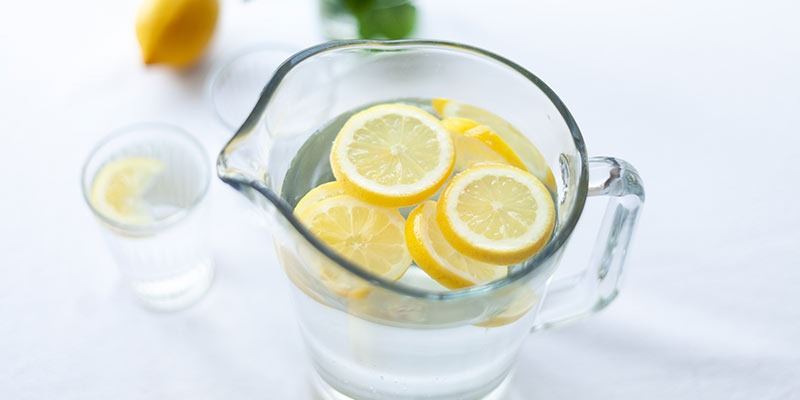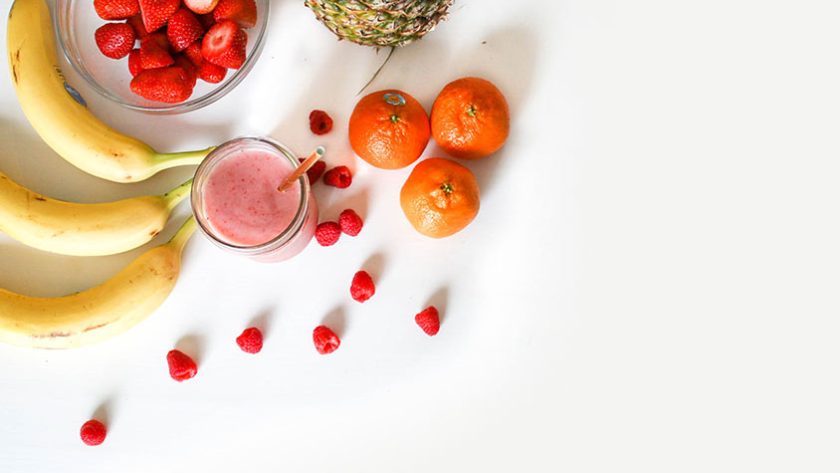Now more and more young girls, due to busy work, life is stressful, do not pay attention to their diet, and eventually the body figure will be out of control or have some disease accompanied by a healthy diet for our body is a very big benefit, so how to Healthy Eating every day? A balanced diet is also very important for the body, how to do a reasonable diet? Please read this article carefully
How to eat the most healthy every day?
First and foremost. Three meals a day need to do the science of quantitative. The current scientific share of food is 3:4:3, and breakfast accounts for 30%, Chinese food accounts for 40%, dinner accounts for 30%. However, for different people, it varies according to their height, weight, body mass and daily consumption. Adults need to consume about 1500-2000 calories a day (including 9 calories per gram of fat; 4 calories per gram of carbohydrate; 4 calories per gram of protein). And there are differences regarding gender: the average woman needs 1500-2000 calories per day, and the average man needs 2000-2400 calories. For example, pregnant mothers should increase the intake of protein staples; people who work more should increase the intake of sugar and milk. Therefore, we can draw up a suitable recipe for ourselves based on our physiological situation and operational needs combined with scientific food shares.
Reasonable arrangement of three meals a day. Scientific findings, in general, mixed food in the gastrointestinal stay for about 5 hours, so the interval between meals for 5 hours is good. In general, the more scientific meal time: breakfast: 7:00 to 8:00, lunch: 12:00 to 13:00, dinner: 17:00 to 19:00.

Eat more whole grains
Whole grain food retains a lot of vitamins and fiber from the bran and has high nutritional value. It is fat-free and low in calories, making it the best food for keeping a slim figure. Whole grains reduce the level of cholesterol and triglycerides in the body, which can prevent LDL from suffering oxidative damage, thus avoiding heart attacks and strokes caused by the deposition of plaque in the arteries.
It is well known that a healthy diet leads to a healthy life, and one study pointed out that women who consume a lot of whole grains have a much lower risk of developing a stroke.
Reduce intake of fats and oils
A healthy percentage of fat should be 20-35%. For example, if you limit yourself to 2,000 calories per day, you should consume 44-77 grams of fat since each gram of fat contains roughly 9 calories. It is best to choose healthy fats, such as mono- and polyunsaturated fats; eat less or no unhealthy fats at all, like saturated and trans fats. Include 2-3 servings of olive oil, nuts, seeds or avocado in your daily diet to consume healthy fats.
You should not consume more than 10% of your total daily calories from saturated fats. For example, if you limit yourself to 1,700 calories per day, then no more than 170 calories may come from saturated fat. That means a maximum of 19 grams of saturated fat per day.
Check to see if trans fats are listed on food labels. If it does, then don’t buy or eat it. Trans fats are commonly found in margarine, shortening, coffee creamer and many pre-packaged convenience foods, like packaged baked goods.
Avoid candy
In a perfect world …… , you would avoid candy, cookies and chocolate so you wouldn’t get fat.
In the real world …… , if you don’t enjoy your afternoon dessert, you will become very cranky.
Happy mediums If you follow two rules, you can enjoy a 3 p.m. pick-me-up without causing any dietary damage. First, choose something nutritious like a dark chocolate truffle, 1/4 cup of dried fruit and nuts, or a good tasting energy bar like Kashi GoLean Crunchy Bars. Next, keep your portions small. Remember the three-bite rule: the first few bites of any food are the most satisfying.
Drink more water and less or no sugary drinks at all
Plain water is enough to hydrate your body, so you really don’t need to drink anything else. If you do want to drink other beverages, then you need to limit your intake. Do not drink more than 240 milliliters of fruit juice per day, sugary sodas, or other beverages with natural or artificial sweeteners.
Each person needs a different amount of water. Drink water when you feel thirsty. As long as your urine is light yellow and you don’t feel thirsty, you are well hydrated.
Drinking in moderation is fine. One alcoholic drink is 350 ml of beer, 150 ml of wine or 45 ml of spirits.

Say no to red meat
In a perfect world …… you ban red meat to save your heart.
In a real world …… you celebrate a few days of healthy eating with a juicy burger or steak.
A happy medium you don’t need to give up red meat completely. After all, beef is a major source of protein, zinc, iron and B vitamins. But moderation is key, and by regularly eating super-sized portions, you’ll be consuming too much of the saturated fat and cholesterol that can clog your arteries.
Each week, you can consume 500 grams or six 90-gram servings of cooked red meat. This may seem like a lot, but it’s also quick to reach this level, considering that the average burger or steak at a fast food restaurant weighs about 200 grams. So if you splurge one night and have a fried steak, then you’ll have to reduce your meat intake accordingly for the remaining days of the week.
Choose the smallest amount each time: there are 20 foods that have less than 6 grams of fat per 90-gram portion. At the butcher or counter, buy beef tenderloin, or 95% lean beef. You can also choose premium beef, which has one-half the fat content of select or prime beef.
Conclusion
Do not use extreme dieting methods that restrict the intake of certain macronutrients. These types of diets may be very effective at first, but they cannot be sustained. Give yourself permission to indulge once in a while! As long as you eat healthy most of the time, there is nothing wrong with an occasional bowl of ice cream, piece of chocolate or glass of wine.




